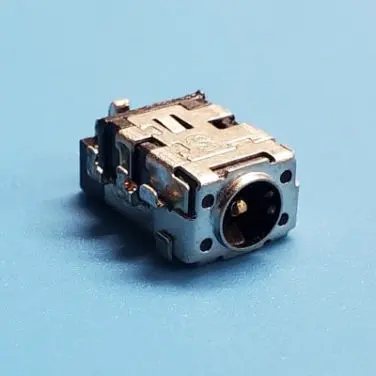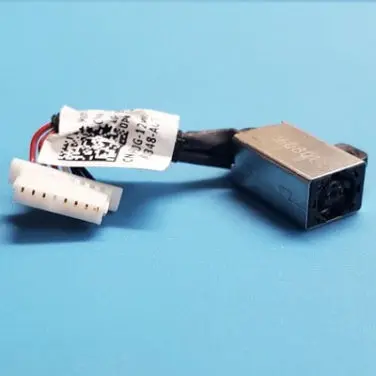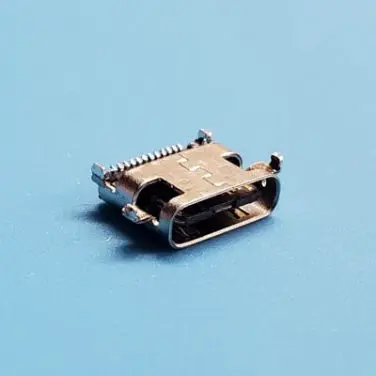There are several types of power jacks used in laptops, each with distinct features and applications:
Barrel Connector:
This is one of the most common types, featuring a cylindrical shape. It typically has a central pin for the positive connection and an outer sleeve for the negative. The size can vary, so it’s important to match the dimensions with your laptop’s specifications.
USB-C:
Increasingly popular, USB-C jacks allow for charging and data transfer through the same port. They are reversible, meaning you can plug them in either way. USB-C is versatile and can deliver power, making it suitable for various devices.
MagSafe:
Used primarily by older Apple laptops, MagSafe connectors attach magnetically to the laptop. This design helps prevent damage by detaching easily if the cord is pulled, reducing the risk of the laptop being pulled off a surface.
Proprietary Connectors:
Some manufacturers use custom connectors specifically designed for their laptops. These can vary widely in shape and size and often require specific chargers from the manufacturer.
The main differences between these types include their shape, functionality, and compatibility with chargers. When replacing a power jack, it’s crucial to choose one that matches your laptop's requirements to ensure proper performance.
Soldered jacks are directly attached to the motherboard, providing a durable connection but making replacement more complex and often requiring professional service. Because they are soldered, any damage to the jack can necessitate motherboard repairs or replacement, which can be costly. In contrast, plug-and-play jacks are designed for easy replacement without soldering. They typically feature a connector that can be easily plugged in and out, allowing for quick and straightforward repairs by users. This user-friendly design makes plug-and-play jacks a popular choice for those who want to manage minor repairs without extensive technical skills.


